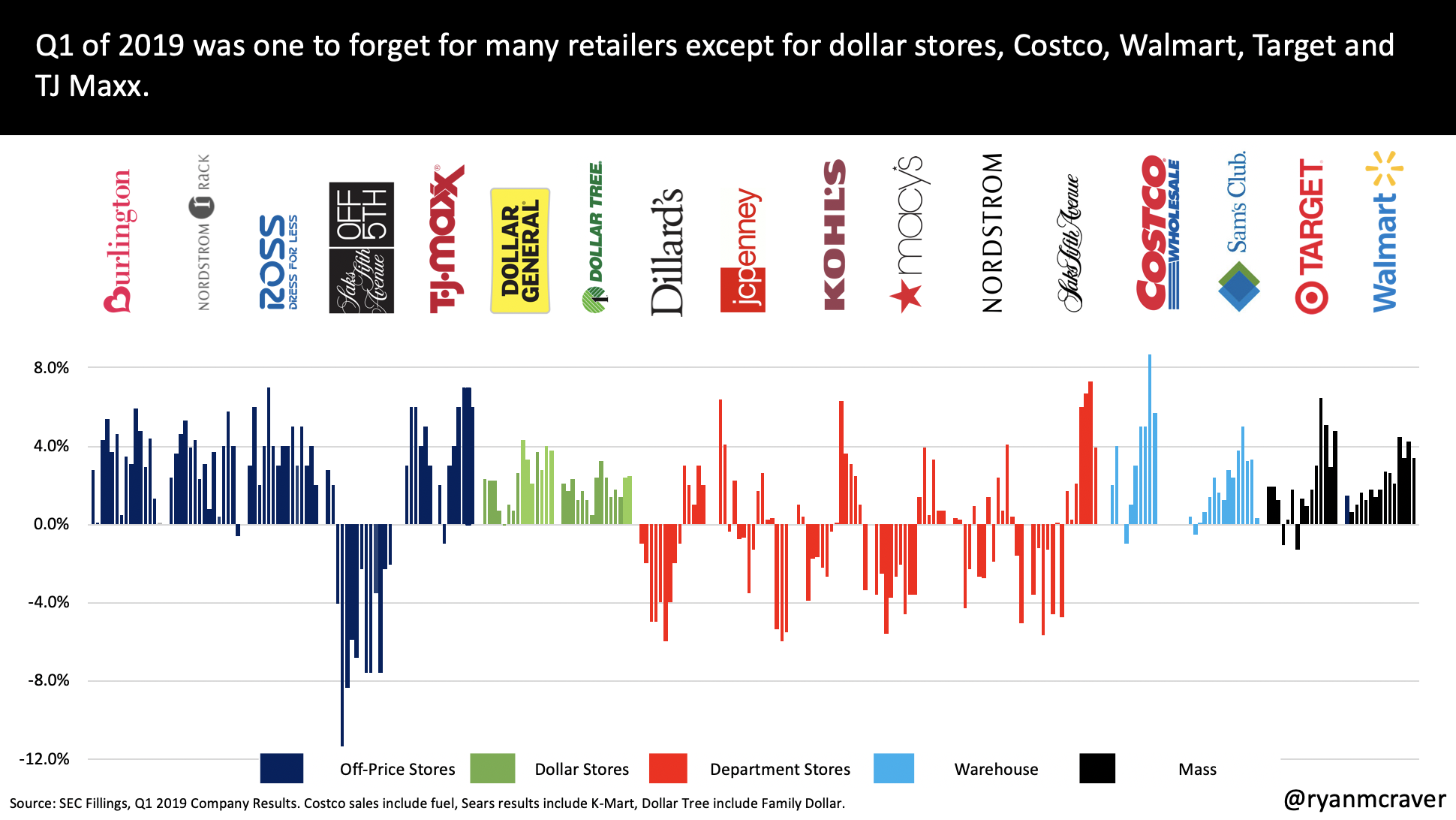Last week we saw both Lyft and Uber updating their apps to become comprehensive transportation and delivery apps. This isn’t the first time we have seen Uber pull in Uber Eats as an offering in the core Uber app. In fact, that is how Uber Eats initially started.
What I did find interesting is how both announced similar plans in the same week. Lyft’s announcement jumpstarted the similar move by Uber which was announced at an Apple like event. Reading into the Lyft announcement, the communication shifts the app to more of an information source buoyed by transportation rides:
Starting today, when you open your Lyft app, you’ll see all your ride options front and center on your home screen: scooters, bikes, public transit, car rentals, Shared rides, regular rides, big rides, and even more. It’s the first in a series of changes that make it easier for you to choose the right ride for every occasion (and every mood).
Over the past year, we’ve added shared bikes and scooters to the Lyft app in cities across the country. Early user testing shows that the new design has more people scooting, biking, and taking public transit — our greenest ride options, and the ones most likely to help alleviate traffic. This summer, one in eight Lyft rides was a bike or scooter ride in the cities where they’re available.
Uber’s CEO interview with the Verge went even further to note how Uber has never been closer to Amazon and Google in transportation:
Khosrowshahi tweaked it to becoming the “Amazon of transportation,” and now he’s polished it up again: Uber wants to be an “operating system for your everyday life in a city,” he tells me during a recent interview at The Verge’s office.
“And the way that I would describe it is it’s Amazon product search versus, let’s say, Google product search. Because we’re so focused on city transportation, which is where the majority of our business is, and because we’re so focused on the complete experience, it’s not just information. Ultimately, we want to integrate information that allows you to take action and purchase this transit option.”
The writing is now on the wall. Both Lyft and Uber will subtly shift their model to become information hubs supported by transportation. With an information hub comes higher engagement but other revenue sources as well. Might we start to see ads within Lyft or Uber? Might we see either app provide navigational services to go head to head with Google Maps and Waze? Might we see travel bookings via either app? Both companies realize that transporting consumers point to point is going to be a war leading to difficult profitability. The sooner they can evolve their offering into higher margin businesses complementary to their information hub, the sooner they show profitability.






